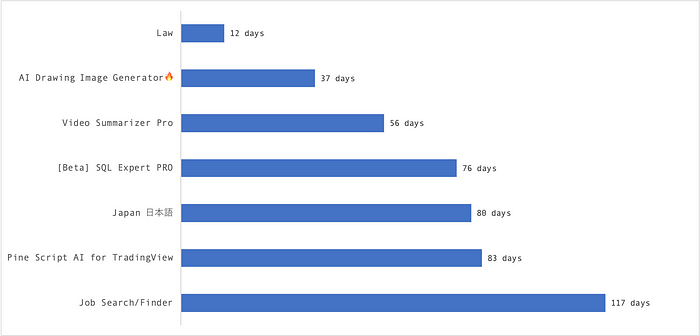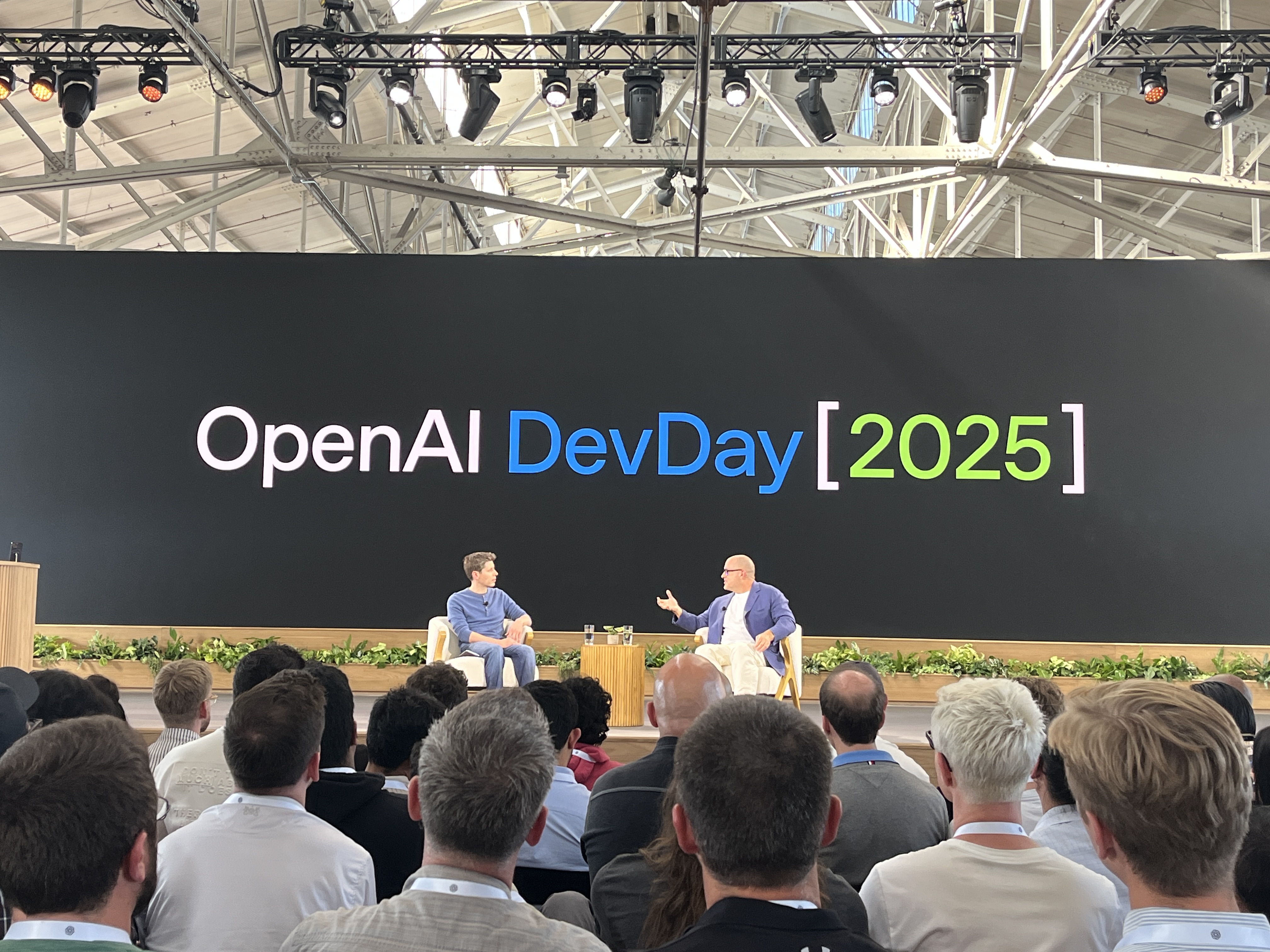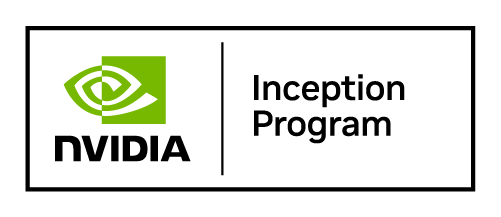It took just 12 days for Law GPT to generate $1,000 in revenue, making it the fastest growing paid GPT we have ever seen. Prior to this launch, the top grossing GPTs had taken an average of 75 days to hit the first $1,000 revenue milestone.

It’s been a rocky start for OpenAI’s GPT Store primarily because of how hard it is for developers to drive traffic to their GPTs. But with growth picking up, we feel it is a good time to share some lessons from the most successful paid GPTs in the OpenAI GPT Store so far.
Lesson 1: chat count matters less than you think
The chat count of GPTs that have cracked the first $1,000 revenue milestone range from 10,000 to 800,000 chats. That’s an encouraging benchmark for developers, as hitting 10,000 chats is a realistic and attainable goal.
An exception is Video Summarizer Pro, which has generated over $1,000 in revenue despite only having a relatively modest 1,000+ chat count. Its strong performance can be credited to high conversion rates driven by social proof and user trust built through its widely-used free counterpart by the same development team, YouTube Video Summarizer, which has accumulated over 1 million chats.
Lesson 2: differentiation from basic ChatGPT matters
Understandably, no one wants to pay for a thin ChatGPT wrapper and so it should come as no surprise that the top grossing GPTs use between 2 to 7 actions.
Actions allow the GPT to make API calls to external servers, tools and services (for example, pull in external data sources and / or trigger actions outside of the OpenAI ecosystem) and in this way, offer the end user different information and capabilites than what is offered by ChatGPT.
Lesson 3: subscription paywalls seem to be winning the monetisation game
Over the past year, we have experimented with affiliate links, lifetime access payments, donations, free trials… but a paywall where the user pays a monthly subscription fee has proved most successful thus far.
For now, developers have been most successful when they impose a hard paywall without offering free trials or freemium features.
It is unclear to us whether this finding is because these common conversion methods inherently do not perform well with the OpenAI GPT Store user base, or whether they have been hard to implement due to technical limitations given the clunky way in which OpenAI has enabled action calling.
The second most successful method has been to leverage a free popular version to upsell a more premium paid GPT as in the Video Summarizer example shared above, and is also the approach adopted by the developers behind the free SQL Expert GPT which has over 1 million chats and channels traffic to the premium paid version (SQL Expert PRO).
Lesson #4: be bold and experimental with price
While there appears to be a convergence on monetisation type via subscription, the pricing of GPTs is still highly variable.
The recent breakout success, Law GPT, costs $29.99 per month. It’s by far the most expensive GPT amongst the top set of paid GPTs (where the average price is $6.50 per month).
The other trend we have observed from high performing GPTs is that the developers behind them have been experimental with prices — often changing prices to see how users will respond to iteratively arrive at the correct market price. There are no clearly established norms in the GPT Store, and so we welcome this experimentation from GPT developers when it comes to pricing strategy.
We will continue to monitor pricing trends, but expect to see the quality and prices of custom GPTs to generally increase over time.
Do you have a GPT published to the OpenAI GPT Store? Start monetising today with in-chat payments.
.svg)







